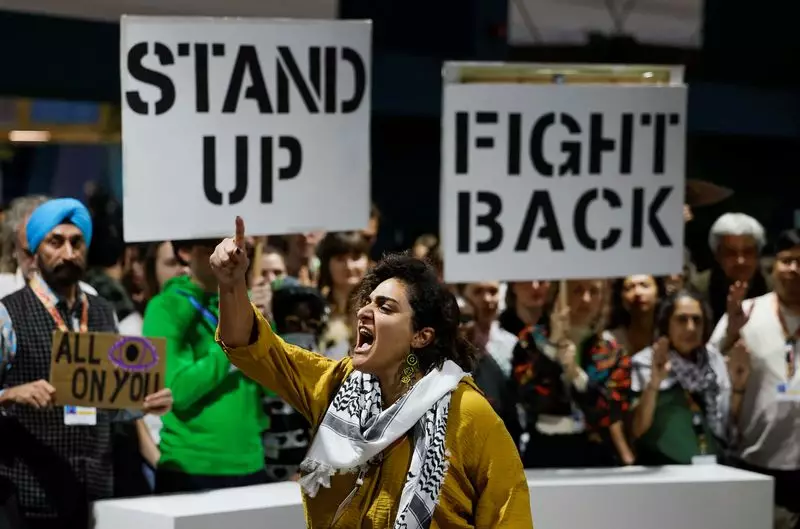The conclusion of the COP29 climate conference signifies a crucial step forward in establishing a global market for carbon credits. Proponents of this initiative argue that the new rules devised at the conference will unlock billions of dollars for innovative projects aimed at combating climate change. After a decade of negotiations and discussions, the agreement reached in Baku represents a pivotal moment for international climate policy.
Carbon credit trading is a mechanism designed to encourage countries and companies to invest in projects that reduce greenhouse gas emissions. Traditional methods of reducing emissions can be resource-intensive, making it essential to create incentives that promote the development of sustainable projects, such as reforestation and renewable energy. The essential aim of this dynamic market is to allow nations to obtain credits for every ton of emissions they mitigate or sequester, thus encouraging global collaboration in the fight against global warming.
At the heart of the negotiations was the challenge of creating a credible system that ensures actual reductions in emissions. Without robust oversight, there is a risk that carbon credits could be rendered ineffective, leading to scepticism regarding their value. Throughout COP29, stakeholders grappled with how to structure a reliable registry to track these credits, how transparent trading processes should be, and what recourse nations would have when projects fail to deliver on their emissions reduction promises.
The European Union emerged as a prominent advocate for stringent United Nations oversight, insisting on transparency in international transactions. Conversely, the United States pushed for greater autonomy in deal-making. The delicate balance between these competing interests ultimately resulted in a compromise, where countries could issue carbon credits through their own systems without a formal U.N. endorsement. This arrangement allows for a dual-track approach—centralized U.N. oversight paired with country-specific registries.
Despite the potential challenges, the framework established at COP29 has built-in mechanisms to maintain the integrity of the carbon credit trading system. For instance, the deal allows developing countries, which may lack resources, to leverage U.N.-provided services for credit issuance and tracking. While critics argue that this system may lack enforcement capabilities—often described as “toothless”—the flexibility afforded to individual nations suggests that there remains room for effective collaboration.
Amidst these agreements, bilateral trading efforts have already commenced, with notable transactions such as Switzerland purchasing credits from Thailand. As more nations engage in direct trading, the hope is that a standardized set of guidelines will promote a significant uptick in the flow of transactions.
The International Emissions Trading Association (IETA) has projected that a U.N.-backed carbon credit market could reach a staggering valuation of $250 billion annually by 2030. This figure underscores the immense economic potential of an effective trading system—representing not only a crucial tool for emissions reduction but also a considerable avenue for investment in green technologies.
However, merely establishing a market is not sufficient. Success will depend on effective implementation and the commitment of all involved nations to adhere to the set guidelines. Questions about the market’s structure, including how carbon credit quality will be assessed, will need ongoing evaluation as the market matures.
As nations move forward from COP29, the onus remains on both developed and developing countries to engage rigorously and transparently in carbon credit trading. Collaborative efforts will not only enhance the effectiveness of this new market but will also foster trust among participants. The agreement forged in Baku reflects the potential for global cooperation in climate action, but execution is vital. Only with vigilant adherence to these frameworks can the promise of carbon trading translate into genuine emissions reductions and tangible benefits for our planet.
COP29 may not have been a panacea for the climate crisis, yet it marks a significant milestone in maturing the carbon credit market landscape. The agreements achieved hold the potential for fostering environmental sustainability and mobilizing financial resources that are critical for future climate resilience.

